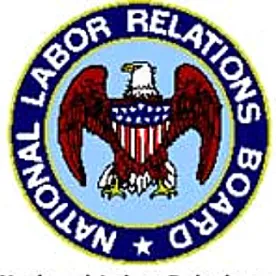As we previously reported here, here and here, the NLRB’s “joint employer” standard has vacillated over the last several years, and currently remains in flux. For historical reference, the NLRB expanded the scope of joint-employment in 2015 in Browning-Ferris, 362 NLRB No. 186 (2015), and then reverted to a more rigorous showing that had been required for years in Hy-Brand Industrial Contractors, Ltd., 365 NLRB No. 156 (Dec. 14, 2017).
Most recently, under extensive political pressure, the Board vacated Hy-Brand due to Member William Emanuel’s participation in the decision; Emanuel’s former firm, Littler Mendelson, represented one of the unsuccessful parties in Browning-Ferris and was under pressure by lawmakers to recuse himself. Since then, with cases pending before the Board and courts involving potential joint-employer liability, parties on both sides of this issue have been on the edge of their seats awaiting guidance.
In a stark and unconventional departure from the Board’s normal practices—which is to overturn prior legal precedent through decision-making, rather than rulemaking—the NLRB announced that it is considering rulemaking to address the joint-employer standard. On May 9, 2018, the Office of the Information and Regulatory Affairs published a Board submission, prepared at the request of Board Chairman John Ring, that the Board may be determining the joint-employer standard under the Act via rulemaking. This is unusual because the Board has only engaged in rulemaking a few times in its 83-year history, one of which (the agency’s attempt to require all employers to post a notice of rights under the NLRA) ended badly.
An apparent benefit of pursuing change through the rulemaking process, rather than an adversary proceeding, is that there does not appear to be the same potential arguments that Member Emanuel or any other Board Member must recuse him or herself based on the identities of the interested parties.
In the NLRB press release, recently-confirmed Chairman Ring emphasized the importance of restoring clarity in determining joint-employer status, and also touted that proceeding down this path allows the Board to hear “all views” on this critical issue before reaching a decision. Chairman Ring also promised that the Board would issue a proposed rule “as soon as possible” after hearing from all interested parties on the issue.
The Board has formally taken the necessary steps to begin the long public comment process associated with rulemaking here. The regulatory agenda includes a proposal, but notably does not indicate the participation of Members Mark Gaston Pearce and Lauren McFerran, the Board’s two Democratic-members.
The next steps are as follows: If and when the proposed rule receives support from a majority of the five-member Board (notably, neither Members Pearce or McFerran would be needed), the Board will then issue a Notice of Proposed Rulemaking, which will open the process for public comment to receive at least one round of written comments on the proposed rule. The Board may also elect to hold public hearings, which may include cross-examination, and provide additional comment periods to obtain more information.
Although the next Board can reverse any decision made through this process, subsequent Boards will similarly have to trudge through the arduous and prolonged formalities of the rulemaking and notice-and-comment period to accomplish that objective.
The Board’s potential use of rulemaking here is quite an interesting reaction to the extensive political pressure placed by lawmakers on the Board’s members to recuse themselves from cases involving parties currently or formerly represented by their prior firms.




 />i
/>i
